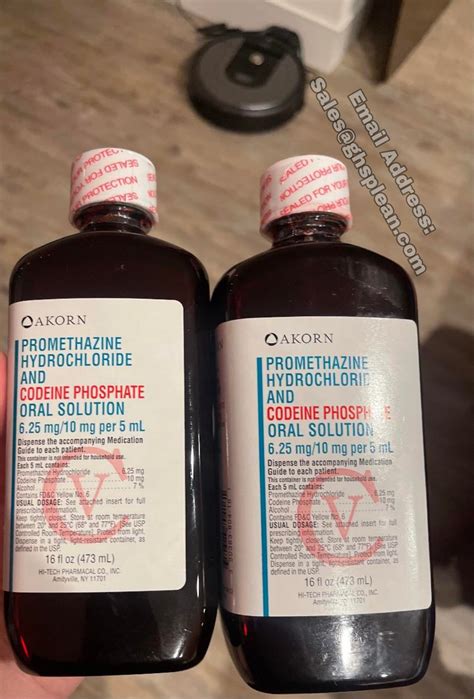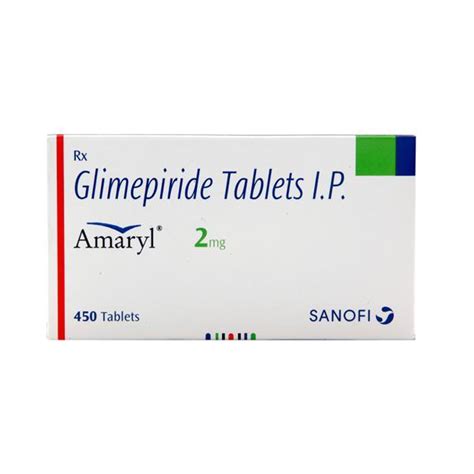The classification and understanding of promethazine can be a bit complex, as it does not fit neatly into the category of narcotics as defined by regulatory bodies such as the U.S. Drug Enforcement Administration (DEA) but does have properties that can lead to dependency and abuse. Promethazine is a type of medication known as a phenothiazine, which is primarily used for its antihistaminic, antiemetic, and sedative properties. It’s commonly prescribed for the treatment of nausea and vomiting, as well as for its sleep-inducing effects.
One of the key reasons promethazine is often misunderstood as a narcotic is due to its potential for abuse and its presence in combination products that contain opioids, such as codeine. When promethazine is used in conjunction with codeine, a medication known as a narcotic due to its opioid content, the combination can lead to misuse. Codeine is an opiate that can produce feelings of euphoria, which is a characteristic associated with narcotics. However, promethazine itself does not directly induce these euphoric effects typical of narcotics but can enhance them when used together with opioid medications.
Promethazine works by affecting the brain’s chemistry to reduce nausea, stop vomiting, and induce sleep. While it can cause drowsiness and has a potential for dependence, especially when used in combination with other substances, it does not function like classic narcotics such as morphine or codeine, which directly interact with opioid receptors to produce their effects. The DEA, which categorizes controlled substances based on their potential for abuse and accepted medical use, does not classify promethazine as a narcotic. Instead, it’s available by prescription and is monitored for potential misuse due to its sedative properties and potential for dependency when used improperly.
The concern with promethazine and similar medications that are not classified as narcotics but can lead to dependency or are used in combination with narcotics highlights the importance of understanding the nuances of drug classifications and the potential risks associated with any medication. It also underscores the need for healthcare professionals to monitor patients closely for signs of misuse or dependency when prescribing these medications, even if they are not technically considered narcotics.
In summary, while promethazine is not a narcotic medication per se, its potential for misuse, especially in combination with opioids, and its sedative effects mean that it should be used under medical supervision. The distinction between narcotics and other types of drugs with potential for abuse is crucial for both healthcare providers and patients to understand, ensuring that medications are used safely and effectively.
Detailed Breakdown of Promethazine
Mechanism of Action
- Antihistamine Effects: Promethazine competes with histamine for binding sites at the H1 receptor, reducing the action of histamine in the body, which leads to its antihistaminic effects.
- Antiemetic Effects: The exact mechanism of promethazine’s antiemetic action is not fully understood, but it is thought to be related to its ability to block dopamine receptors in the chemoreceptor trigger zone in the brain.
Uses
- Nausea and Vomiting: Often prescribed to prevent and treat nausea and vomiting associated with various causes, including motion sickness, postoperative conditions, and sickness resulting from cancer treatments.
- Allergic Reactions: Used for the treatment of allergic reactions by alleviating symptoms such as itching, redness, and swelling.
- Sedation: Promethazine is used as a sedative for its hypnotic effects, aiding in the induction of sleep and relaxation before surgeries or for treating sleep disorders.
Side Effects
- Drowsiness and Sedation: The most common side effects, which can range from mild drowsiness to deep sedation.
- Dry Mouth, Blurred Vision, and Constipation: Anticholinergic effects due to its antihistamine properties.
- Dependency and Withdrawal: Long-term use or misuse can lead to physical dependence and withdrawal symptoms upon cessation.
Precautions
- Combination with Opioids: When used in combination with opioids, there is a significant risk of increased sedation and respiratory depression.
- Elderly and Pediatric Populations: Requires careful dosage adjustment due to increased susceptibility to side effects.
- Pregnancy and Breastfeeding: Should be used under strict medical supervision due to potential risks to the fetus or newborn.
Conclusion
Promethazine, despite not being classified as a narcotic, is a medication that requires cautious use and monitoring due to its potential for misuse and dependency. Understanding its classification, mechanisms, uses, and risks is essential for both healthcare professionals and patients to ensure safe and effective use. The differentiation between narcotics and other medications with potential for abuse is critical for appropriate prescribing practices and patient education.
What is promethazine primarily used for?
+Promethazine is primarily used for its antihistaminic, antiemetic, and sedative properties. It’s commonly prescribed to treat nausea and vomiting, induce sleep, and manage allergic reactions.
Is promethazine considered a narcotic?
+No, promethazine is not classified as a narcotic by the DEA. However, it can be used in combination with opioids, and its sedative properties can lead to dependency and misuse.
What are the common side effects of promethazine?
+Common side effects include drowsiness, sedation, dry mouth, blurred vision, and constipation. Long-term use can lead to physical dependence and withdrawal symptoms.
Can promethazine be used in combination with opioids?
+Yes, promethazine can be used in combination with opioids for certain conditions. However, this combination increases the risk of sedation and respiratory depression, requiring cautious use and monitoring.
Who should use promethazine with caution?
+Promethazine should be used with caution in elderly and pediatric populations, as well as during pregnancy and breastfeeding, due to increased susceptibility to side effects and potential risks.



